
TVS Apache Racing Experience - Taming the TVS Apache RR310 OMC Race...
- Apr 23, 2024
- Views : 1054

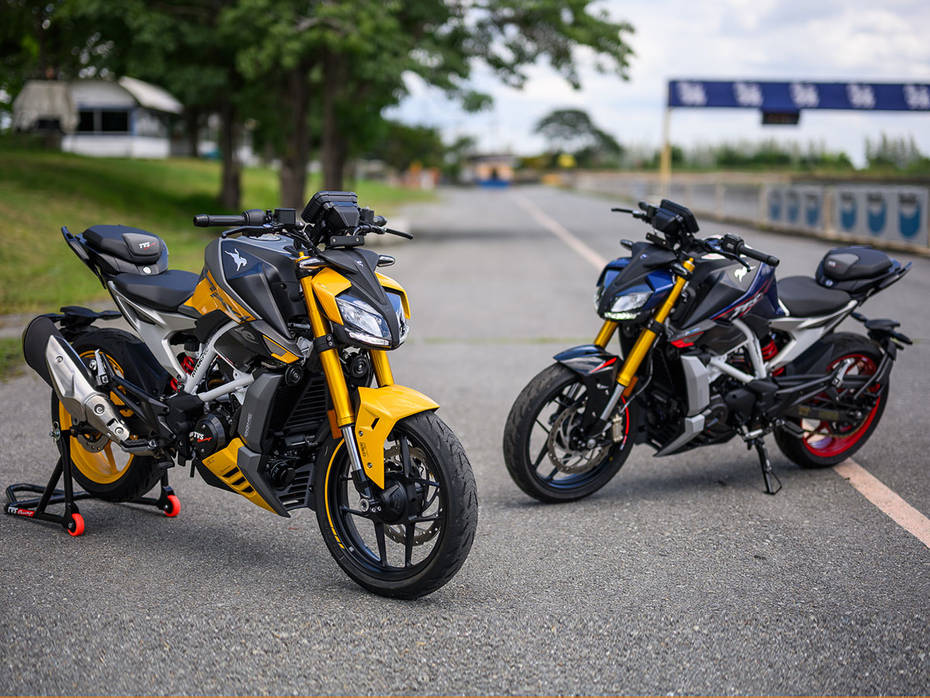
The TVS Apache philosophy has been “from Track to Road”, something clearly seen in all their Apache models till date, with the exception of the Apache RR 310. While the RR 310 turned out to be a great road bike, it seemed to have been designed with primarily the track in mind. So after racing it for years, TVS has finally given us the naked version of the RR 310 - the Apache RTR 310. And it seems like it was worth the wait as this RTR brings with it some real technological firsts. But does it still deliver the fun factor that the Apache RTRs have been known for?
Now what makes this RTR 310 different from the RR310 is the motor. Actually the motor is the same reverse-inclined 313cc single-cylinder liquid cooled motor as the one from the RR 310, but this one is quite different inside. There’s not only a larger airbox feeding this motor, but there’s also a reworked exhaust and the compression ratio has been bumped up to 12.17:1. This means that this engine actually makes more power and more torque than the RR 310 - 1.6 PS and 1.4 mm more respectively.
|
Sport, Track and SuperMoto mode |
Urban and Rain mode |
|
|
Power |
35.6 PS @ 9700rpm |
27.1 PS @ 7500rpm |
|
Torque |
28.7 Nm @ 6650rpm |
27.3 Nm @ 6600rpm |
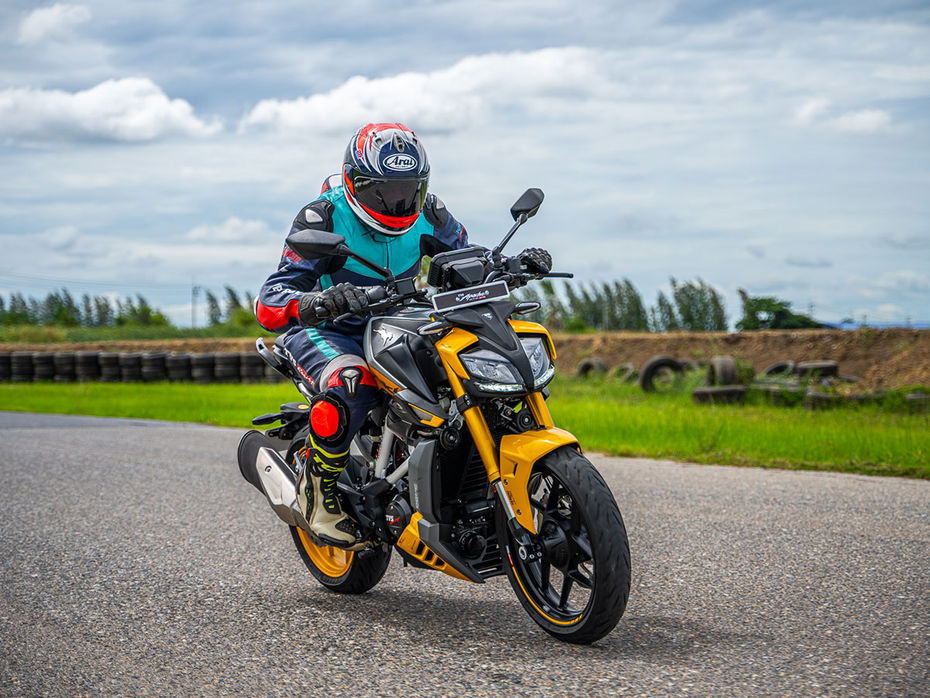
And while the 6-speed gearbox with its slip and assist clutch has been carried over from the RR unchanged, the RTR 310 gets a larger 46-tooth rear socket. That’s four teeth more than the one on the RR, which means bottom end torque has been improved quite significantly. But, that also means, the top-end performance has been compromised. Even so, TVS claims a top speed of 150kmph for the RTR 310, and on our test ride on the outskirts of Bangkok, we even saw an indicated 160kmph on the speedo. There is plenty of grunt available at higher revs too, so overtaking at highway speeds can be done without any downshifts.
Even if you do have to downshift, the new quickshifter makes short work of that. In fact, this is the smoothest bi-directional quickshifter we’ve used on any Indian-made bike, and works effortlessly at pretty much any speed.
The big concern about riding the RTR 310 in traffic is that at slow speeds in low gears the bike really wants to lift its nose up all the time. Thank god it has wheelie control because otherwise it would be a pain to ride in lower gears. This snappiness in lower gears is also down to the throttle response. Even in Urban riding mode, on-off throttle changes feels quite jerky. This is acceptable in Sport or Track mode, but for everyday riding, the Urban throttle map feels a little too aggressive.
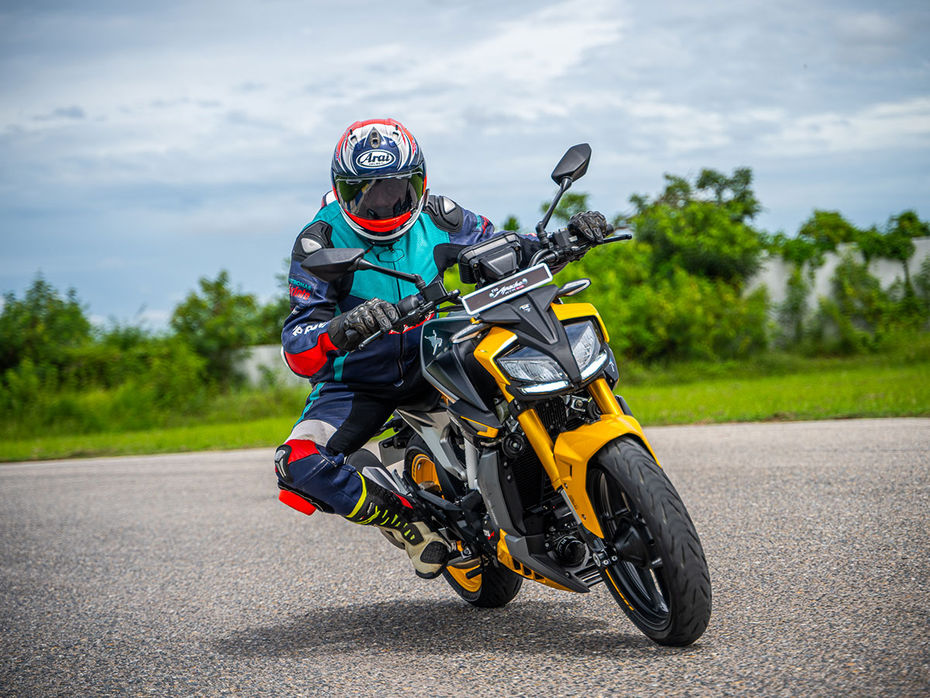
This means that in the city, in first or second gear, the RTR 310 really feels like a busy motorcycle. The only way to calm it down is to ride it in fourth or fifth gear, as long as the urban environment allows you to. But thankfully, the motor is tractable enough to comfortably carry speeds as low as 40-50kmph in those gears.
This short gearing and increased compression ratio cause another problem, but this time at highways. At 100kmph in sixth gear, the engine is doing just under 7,000rpm, and at this point, you get pronounced vibes in the pegs, tank and seat. All the work TVS had done in improving the NVH levels of this motor over the years seems to have taken multiple steps and the RTR 310’s vibes reminded us of those from the first generation RR 310.
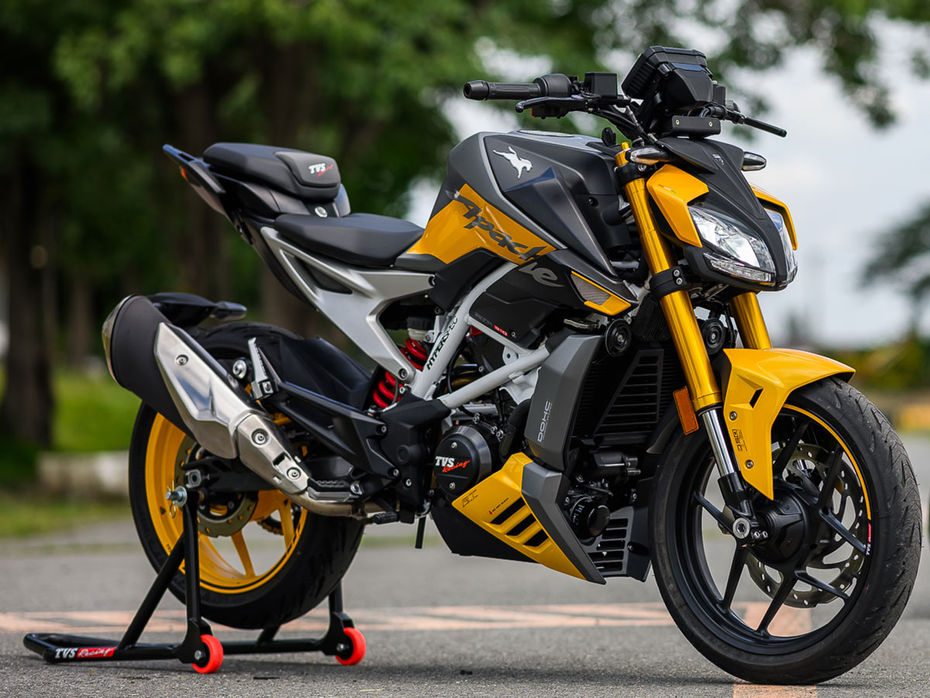
While the RTR 310 might have the same trellis frame as the RR 310, it gets a brand new cast aluminium subframe. This has not only changed the ergonomics, but also contributed to its 169kg kerb weight, which is about 4-5kg lower than the RR 310.
With this new subframe, you sit more upright and that gives this bike a higher center of gravity. Plus the tall and wide handlebar gives you a lot of leverage, which makes the RTR 310 very easy to turn. In traffic, it tips in much easier than the RR does, which makes it a lot fun to ride in the city.

We did have a chance to ride this bike on the Thailand Circuit, outside Bangkok, and that’s where the limitations of the RTR 310, or rather its posture, show. The main issue is the foot pegs, which are set a lot further forward and lower down compared to the RR 310. And this means the pegs scrape as soon as you start pushing the bike hard into corners.
Even its suspension setup feels a bit softer compared to the RR 310’s, which is fine for the road. But on the track, it just feels a bit squishy. That said, the front suspension (41mm USD fork) is fully adjustable and the rear monoshock is adjustable for preload and rebound. So you can set the bike up for track riding if you need to, and that way you’ll be able to maximise the grip from the sticky Michelin Road 5 tyres around corners. But the RTR 310 is meant to live on real world roads, and that’s where it truly shines.
Then again, braking, or rather brake feel, has always been the achilles heel of the Apaches, even the RR 310. And this lack of feel from the brakes even continues in the RTR 310. Don’t get me wrong… there’s plenty of braking power. But because the lever feels soft in the initial bite, fine control of the brakes becomes quite tricky.
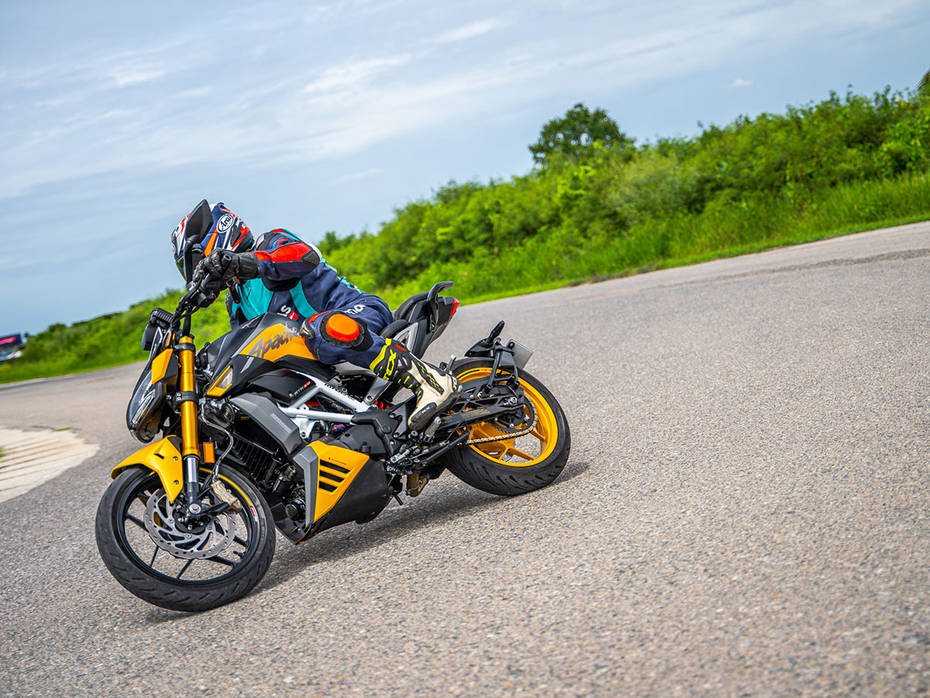
The RTR 310 is meant to be a road bike, the riding stance exemplifies that fact perfectly. The seat height, at 800mm, is a lot lower compared to the RR which means you can get your feet down very easily even if you're quite short. And the not-so-rear-set foot pegs and tall handlebar which doesn’t need you to lean too far to reach it ensure that you are sitting in a nice streetfighter stance that’s really enjoyable.
Even a seat itself is actually quite spacious and roomy making it comfortable for riders of most sizes, and that should mean riding in the city everyday is a breeze, at least in terms of the ergonomics. And to top that off you have a heated and cooled seat. While we didn’t test the heating function, we did set the cooling to the max in the warm Bangkok weather. This cooling works really well at slower speeds, keeping your backside cool even in fairly warm weather. But once the speed builds up, this effect isn’t as noticable.
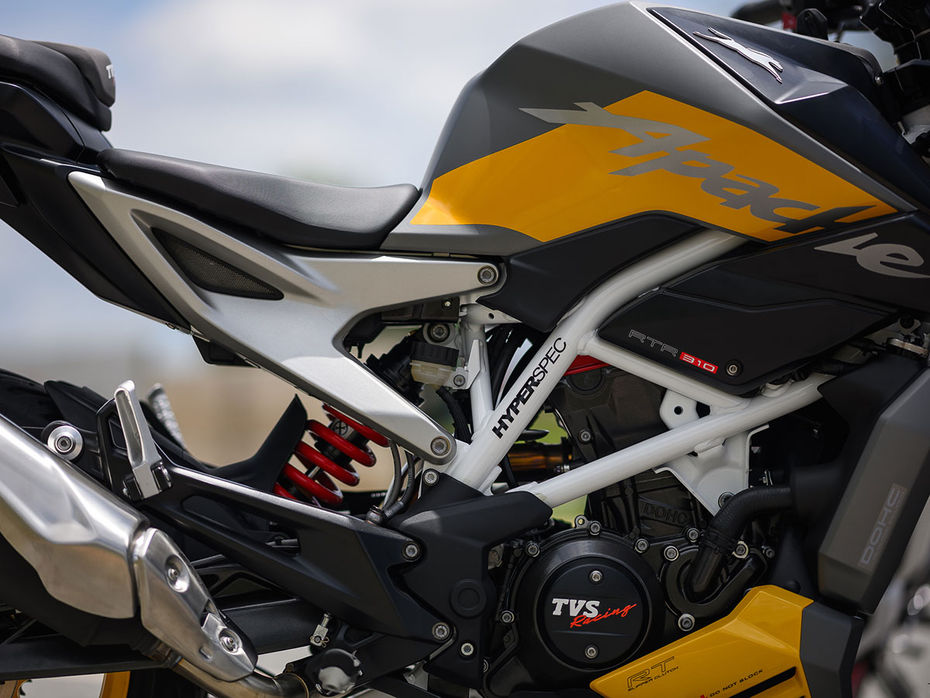
This heated and cooled seat is probably a world first for any motorcycle. TVS has developed a thermoelectric device (which used the Peltier effect) that can heat or cool the rider seat without using any moving parts, refrigerant or a heating coil.
And that’s not all. The RTR 310 also gets a 6-axis IMU which enables features like Cornering ABS, Cornering Traction control, Wheelie & Stoppie control and even something TVS calls Cornering Cruise control. Just like your conventional cruise control, this system will hold a certain speed without any throttle input, but will automatically reduce speed when you lean the bike into a turn.
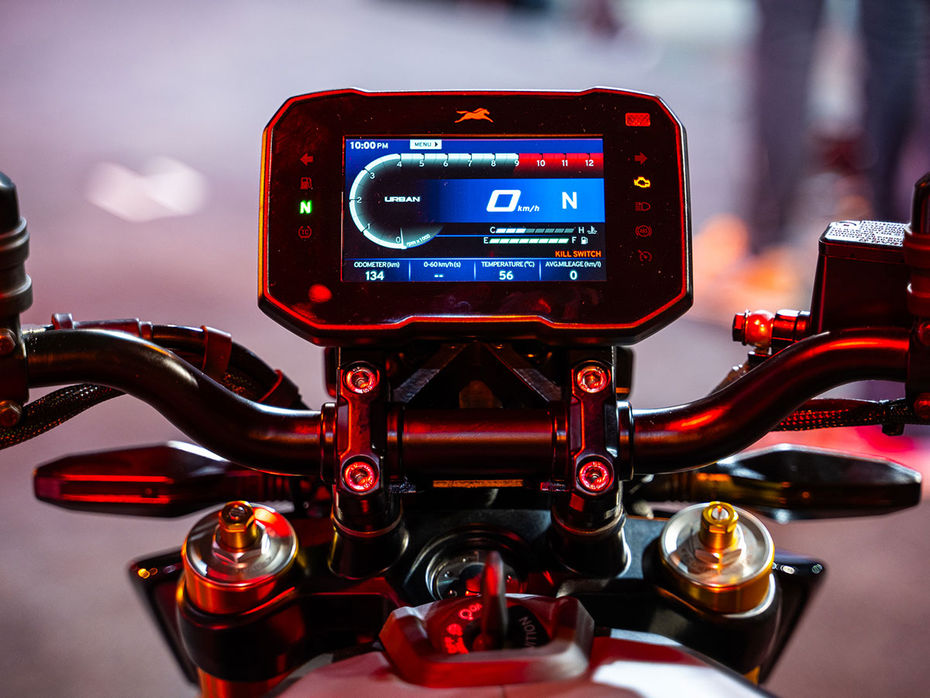
You also get 5 riding modes - Rain, Urban, Sport, Race and Super Moto, although we really believe that the last one should’ve just been an ABS setting rather than a whole riding mode in itself.
Last but not least, you also get automatic and dynamic LED headlights, which not only come on automatically in the dark, but actually get brighter the faster you go.
All these features can be controlled through the RTR’s 5-inch colour TFT screen that’s responsive and readable. And it even changes its layout depending on the chosen riding mode.
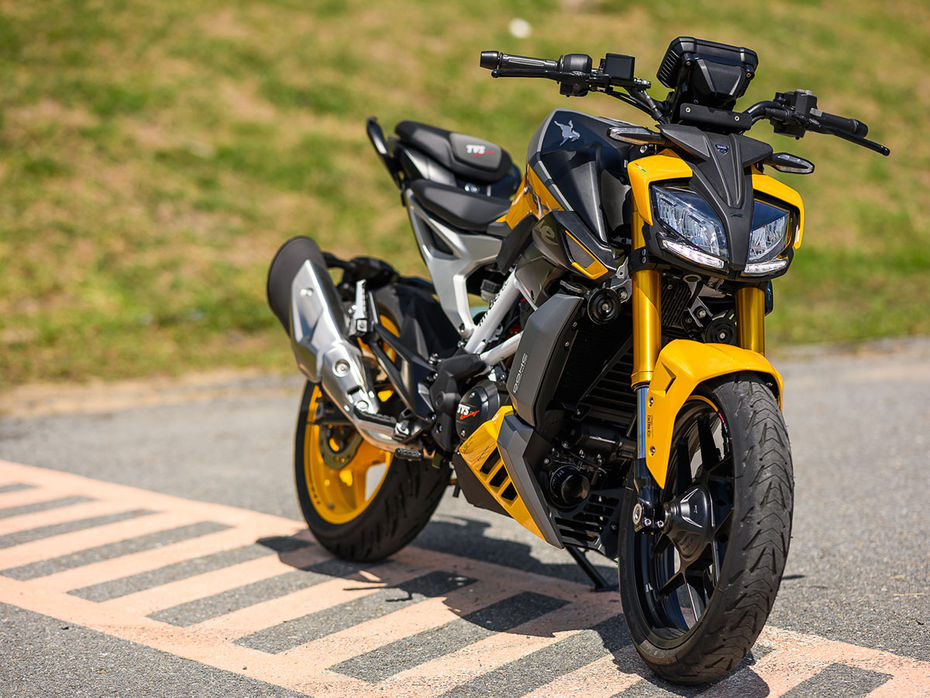
Even with its vibrations and its busy motor the RTR 310 is actually a very interesting motorcycle. It is particularly fun in the urban environment and should be a hoot for some weekend rides in the twisties too. But if you want to go touring though this might not be the right bike. Here we think the RR 310 might be the better option.
But of course, there are a couple of issues with the RTR 310 that go beyond its motor. Firstly, the price. This yellow bike which we rode, comes in at Rs 2.64 lakh ex-showroom. But if you want all the advanced features TVS is now offering, you need to configure it with the two optional BTO kits, which push the cost of the bike over Rs 3 lakh ex-showroom and that does make it a bit pricey. The following table should elaborate exactly what we’re talking about here.
|
Colour/Variant |
Price (Ex-showroom) |
|
Arsenal Black (without Quickshifter) |
Rs 2.43 lakh |
|
Aresenal Black (Quickshiter) |
Rs 2.58 lakh |
|
Fury Yellow (Quickshifter) |
Rs 2.64 lakh |
|
Kit Name |
Dynamic Kit |
Dynamic Pro Kit |
Colour Kit |
|
Kit Features |
- Adjustable Front & Rear Suspension - Tyre Pressure Monitoring System - Brass Coated Chain |
- 6-axis IMU for Cornering ABS, Cornering Traction Control & Cornering Cruise Control - Climatic Control Seat |
- Sepang Blue Colour |
|
Price |
Rs 18,000 |
Rs 22,000 |
Rs 10,000 |
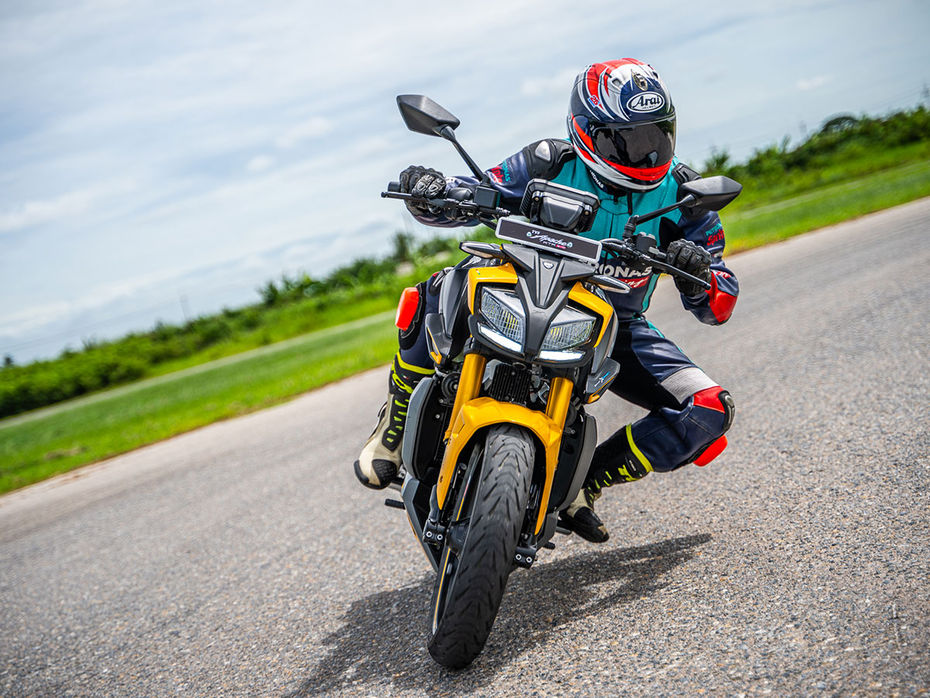
Price of Tested Bike: Fury Yellow + Dynamic Kit + Dynamic Pro Kit = 3.04 lakh (ex-showroom)
Now compared to its sibling from BMW, the RTR 310, I can say without hesitation, is a lot more fun to ride. It almost reminds me of the first generation KTM 390 Duke and that's a good thing. And speaking of the Duke, compared to the current (2nd generation) 390 Duke, the RTR might not be as powerful, but still is heaps of fun and offers a lot more features.
But that brings us to the bigger problem of the RTR 310 and that is the new 2024 390 Duke that’s out already. The new Duke promises more performance than before and quite a few features too. Plus, it just cost Rs 9,000 more compared to the fully kitted-out RTR 310. And that puts the ball squarely in the TVS’ court to take the battle to KTM. And from what we understand, that’s going to a slightly uphill battle.
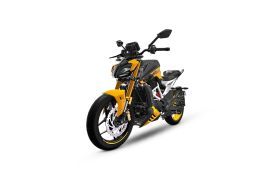

TVS Apache Racing Experience - Taming the TVS Apache RR310 OMC Race...

Back To Basics - A Track School Experience On The TVS Apache RR310

TVS Apache RR 310 OMC ARRC Ride Experience: India’s Most...

TVS Apache RR 310 OMC Race Bike Experience: Unbelievable But Equally...

TVS Apache RR 310 BTO Review: Tailored To Your Needs

2022 TVS Apache RR 310 First Ride Review: Now Made Just For You!

2024 KTM 250 Duke Road Test Review: A Dual-personality Streetfighter

Triumph Speed 400 First Ride Review: India’s Best 400cc Naked?

2024 KTM 390 Duke Road Test Review: Unleashing The Madness
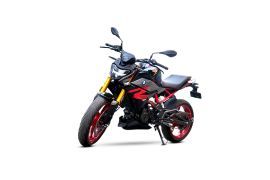 BMW G 310 R
BMW G 310 R
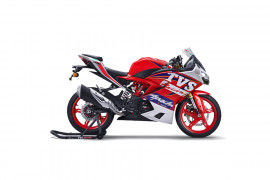 TVS Apache RR 310
TVS Apache RR 310
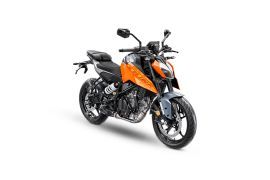 KTM 250 Duke
KTM 250 Duke
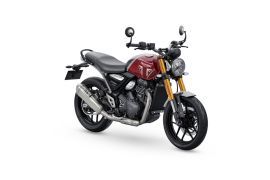 Triumph Speed 400
Triumph Speed 400
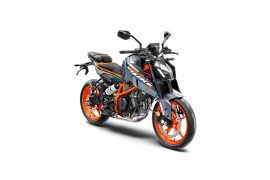 KTM Duke 390
KTM Duke 390
India's largest automotive community